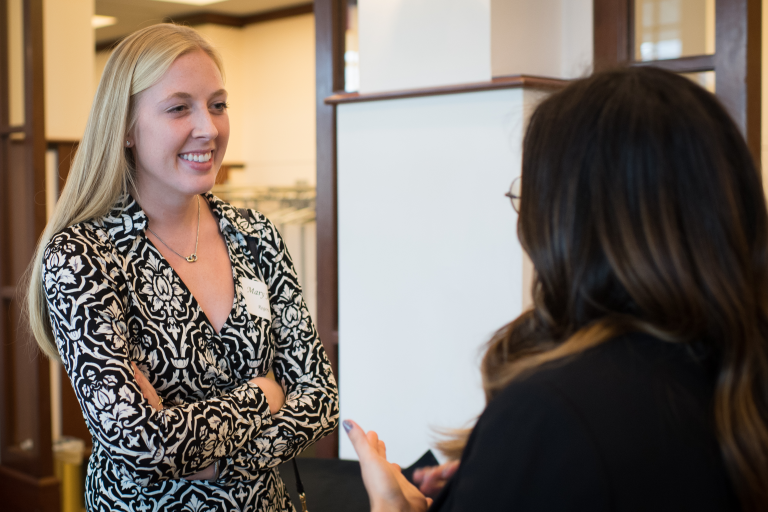When you are working toward your Single Biggest Thing, you likely will discover insights that point to problems you must tackle on the way to your goal. In this case, you need to involve others to find solutions.
David Novak faced such a challenge when he became president of KFC. The business was struggling, and the company’s leadership and its franchisees weren’t aligned and didn’t trust each other.
The first thing David did was involve the franchisees in finding solutions. He knew they would only be committed to the company if they were more involved. The franchisees weren’t used to being asked for input, but once they realized David was serious about listening to their ideas, they came up with two new products that helped KFC double its profits in three years.
This success helped earn David a reputation for leadership skill that paved the way for his eventual ascension to CEO of Yum! Brands, and he couldn’t have done it without involving others.
The philosophy of involvement
David’s leadership philosophy is based on the idea that taking people with you is the only way to make big things happen. At the Novak Leadership Institute, we believe great leaders understand:
- People want to contribute, and everyone has something unique to contribute.
- People who are involved in decisions will be committed to seeing them through.
- Leaders do not have all the answers, and the people around them have insights that can help solve problems and lead to innovations.
The keys to involvement
When you face a problem and need others to help you find a solution, you need to consider the who and the how.
The who
The key to smart involvement is to select the people who have the most at stake and the most knowledge about the problem. In David’s case, he knew the franchisees were closest to the customers, so he sought their ideas because (1) he knew they would be customer-focused, and (2) the process of involvement would earn their trust and strengthen the company.
It’s also a smart idea to involve a diverse group of people with a variety of perspectives to avoid groupthink and bias. The KFC franchisees were from all over the United States, so they had different ideas about what worked in their markets. This led to ideas that wouldn’t have been possible with a more limited group.
When selecting people to involve, think about including people of different genders, races, ages, experiences, roles, geography, ideology, and other factors. Including a variety of viewpoints will lead to better problem-solving and decision-making.
The how
When you’ve identified a diverse group of people to involve, you next must decide how best to get ideas from them.
To involve the KFC franchisees, David went to each of their regional association meetings and asked them to break into groups and brainstorm ideas. This classic technique is one of several ways you can involve others in generating new ideas:
Brainstorming: This exercise involves asking people to come up with ideas without evaluating or criticizing them. The goal is to generate as many ideas as possible by reducing inhibition that comes with evaluation and judgment. This helps increase creativity and spontaneity.
Focus group or interviews: This approach can help guide and structure the input you receive. Asking questions can help focus stakeholders on specific aspects or consequences of the problem and lead them to provide more specific insights. It also allows for follow-up questions to explore issues you might not have considered before.
Crowdsourcing: Sometimes you need to go outside your organization for ideas. If you think your customers might have answers, you can ask them. Crowdsourcing is especially well-suited to social media or online forums where people can leave ideas, and others can react to them. Just remember: This is a very public way to gather insights, and it can backfire if not carefully planned.
Regardless of how you decide to gather input, you should establish trust to ensure that people feel comfortable providing their thoughts, and you should let them know how you plan to use their ideas. You can only go so far if you try to go it alone, so use these strategies to involve others and see how this simple philosophy can help unlock your potential.
